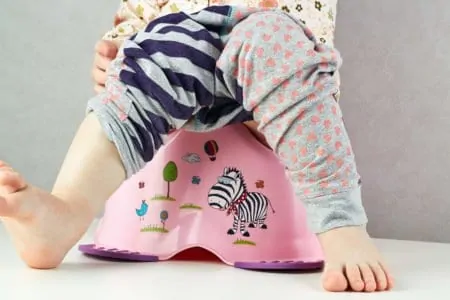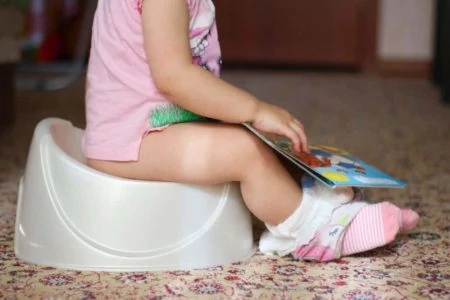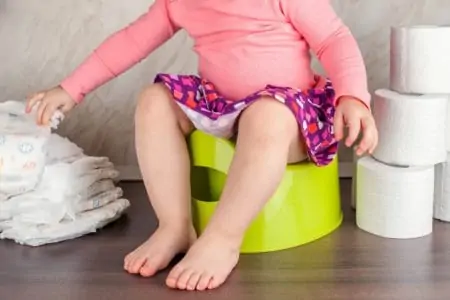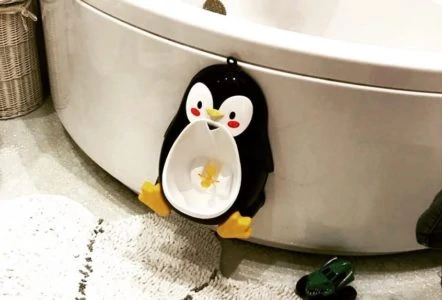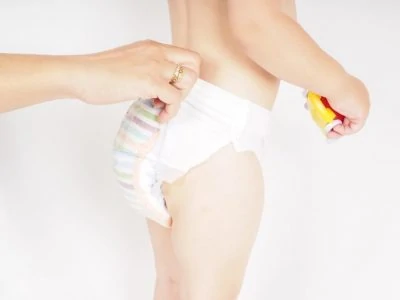Potty training is one of the most anticipated milestones in early parenthood. It marks the end of diaper changes and a massive leap toward your child’s independence. However, the process often feels daunting for both toddlers and parents.
We will break down effective strategies to make this transition smooth. You will learn how to spot readiness signs, set up a supportive environment, and handle inevitable accidents with grace.
Key Takeaways
- Wait for readiness: Start when your child can follow instructions and physically pull their pants up and down.
- Involve them: Let your toddler pick out their potty and “big kid” underwear to build excitement.
- Schedule success: Use a timer for regular potty breaks rather than waiting for your child to ask.
- Keep it positive: If your child resists or gets upset, pause the training and try again in a few weeks.
When Should You Start Potty Training?
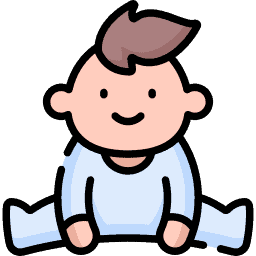
Most children are physically and emotionally ready to potty train between 2 and 4 years old. However, every child develops on their own timeline.
You do not need to stress as long as your child establishes bathroom habits before kindergarten starts (1).
Keep these factors in mind before you ditch the diapers:
- Siblings differ: Just because your firstborn was trained at 18 months does not mean your second will follow suit. They might need until age 3 or later (2).
- Readiness over desire: You cannot force the process. If you start before they are ready, it will likely lead to frustration and a longer training period.
- Gender differences: Girls often show interest slightly earlier than boys. This is a generalization, but it is helpful to manage your expectations.
When Not To Start Potty Training
Timing is everything. Even if your child seems ready, pause your plans if you are facing these situations:
- Illness: If your child is sick or constipated, wait until they feel 100 percent better.
- Major life changes: Do not start training right before a move, a vacation, or the arrival of a new sibling. The stress of a new baby often causes regression.
- Parental pressure: If you are stressed or under a strict deadline (like a preschool start date), your child will feel that anxiety. A relaxed parent makes for a relaxed toddler.
How Do You Know When Your Child Is Ready To Potty Train?

Success relies on recognizing the physical and behavioral cues your child gives you (3).
Watch for these common signs of readiness:
- Dry periods: Your child wakes up dry from naps or goes two hours with a dry diaper.
- Reduced frequency: You are changing fewer wet diapers overall, indicating their bladder capacity is increasing.
- Vocalizing needs: Your little one announces when they are peeing or pooping in their diaper.
- Comprehension: They understand and follow simple two-step instructions.
- Motor skills: Your child can pull their pants and underwear up and down independently.
- Curiosity: They show interest in the toilet or follow you into the bathroom to watch.
- Privacy seeking: You notice your child going into a corner or behind furniture to poop.
- Desire: They explicitly ask to wear “big kid” underwear.
How Long Does Potty Training Take?
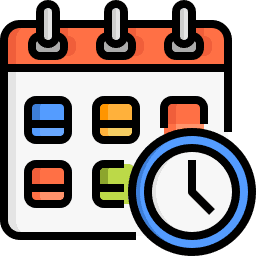
There is no single answer to exactly how long training takes.
Generally, the more readiness signs your child shows, the faster the process goes.
Your schedule plays a role, too. Parents who can dedicate a long weekend or a few consecutive days to intense training often see faster results.
If you start before your child is ready, or if you wobble back and forth between diapers and underwear, the process can drag on for months. Consistency is key.
Ideally, you can expect your child to be daytime trained within three to six months. However, nighttime dryness is a biological milestone that often takes years longer to achieve.
What You Need To Get Started

The right gear makes a huge difference. Involving your child in buying the potty and accessories empowers them and removes some fear (4).
Here are the essential items to consider for your setup.
A Floor Potty
Floor potties are less intimidating than the big toilet. They allow your child to plant their feet firmly on the ground, which helps them push when pooping (5).
I suggest pre-selecting three solid options and letting your toddler pick their favorite. This gives them a sense of control without you ending up with a potty that is impossible to clean.

For a reliable, easy-to-clean option, the BabyBjörn Smart Potty is a top choice.
It features a high splash guard, which is essential for preventing messes with little boys. The inner bowl lifts out easily, so you can dump and clean it in the sink without wrestling the entire unit. It is compact enough for small bathrooms but sturdy enough so it won’t tip over.
If your child wants to mimic the adults, the Summer My Size Potty is a fun alternative.

This model looks exactly like a miniature toilet. It includes a built-in wipe compartment and a handle that makes a realistic flushing sound.
The “cool factor” here is high, which helps motivate reluctant toddlers. Just be warned: the realistic flush sound might become a favorite toy, leading to many trips to the bathroom just to press the handle.
A Toilet Seat Insert

Some parents prefer skipping the clean-up of a floor potty and go straight to the main toilet. If you choose this route, you need a reducer ring to help your child feel secure.
The Munchkin Sturdy Potty Seat is a great choice because it is streamlined and simple.
Unlike cushioned seats that can crack and trap germs, this is hard plastic and easy to wipe down. It has side handles to give your child stability so they don’t feel like they are falling in. Note that if you use a seat insert, you must get a step stool so your child’s feet are supported.
Travel Potty

Once you ditch diapers, you cannot easily go back just because you are leaving the house. A travel potty allows you to maintain consistency while at the park or in the car.
The OXO Tot 2-in-1 Go Potty is widely considered the gold standard for travel.
It folds flat to fit in a diaper bag. You can use it as a standalone potty with disposable bags (great for the trunk of the car) or unfold the legs to use it as a reducer seat on public toilets. This versatility saves you from navigating gross public restrooms without a plan.
Training Underwear
Buy plenty of underwear. You will go through more pairs than you expect in the first week. Look for characters your child loves; they might be more motivated to keep “Elmo” or “Paw Patrol” dry. Thick, cotton training pants can help absorb small leaks while still letting the child feel the wetness.
Potty Training Books
Visual aids explain the concept better than words alone. Reading about potty training helps normalize the bodily function and reduces anxiety.

Keep a basket of books next to the potty. It encourages your child to sit longer, which increases the chances of success.
How To Potty Train Your Baby Step By Step

Preparation and a positive attitude are your best tools.
Follow these steps to set the stage for success.
1. Prep the Environment
Place the potty in the bathroom and let your child explore it. Buy the underwear and soap together. Read books about pooping and peeing to build a narrative around the process.
2. Pick Your Weekend
Choose a time when you can be home for 3 days straight. Avoid weekends where you have errands or dinner plans. You need to be near the potty constantly to catch the cues.
3. Practice the Motions
Before going diaper-free, have your child practice sitting on the potty fully clothed. Let them flush the big toilet to get used to the noise. Decide on your vocabulary (pee, poop, potty) and share these words with any other caregivers.
4. The “Naked” Method
On day one, ditch the pants. Let your child go bare-bottomed around the house (keep the heat up!). Without a diaper, they become instantly aware of when they are peeing. Watch them like a hawk. When you see a wiggle or a squat, hustle them to the potty immediately.
5. Use a Schedule
Do not ask “Do you need to go?” because the answer will always be no. Instead, say “It is time to sit on the potty.” Try intervals of 20 to 30 minutes. Keep them hydrated to ensure they have plenty of opportunities to practice.
6. Handle Accidents Calmly
Accidents will happen. When they do, say, “Uh oh, pee goes in the potty,” and clean it up without anger. Shame creates anxiety, which halts progress.
Tried And True Tips For Potty Training
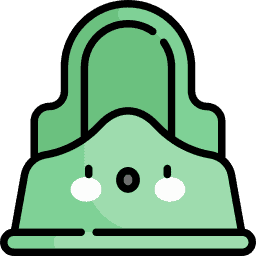
Every family finds their own rhythm, but these tips have helped many parents navigate the messy days.
Focus on keeping the experience low-pressure and positive.
Skip the Pull-Ups
This is controversial, but many experts agree: Pull-Ups feel just like diapers. They wick moisture away, so the child never feels uncomfortable when they wet themselves. Going straight to underwear (or naked time) helps them connect the sensation of peeing with the result of being wet.
Use Immediate Rewards
Bribery works. A sticker chart or a single M&M for a successful deposit can be highly motivating. Immediate positive reinforcement helps the brain connect the action with a good result. You can phase these out as they get reliable.
Hydrate, Hydrate, Hydrate
The more they drink, the more they pee. The more they pee, the more practice shots you get. Offer juice, water, or popsicles to keep the bladder full.
Sit Down for Boys
Teaching a boy to aim while he is also learning to hold his bladder is asking a lot. Have boys learn to pee sitting down first. It saves your bathroom walls and encourages them to poop, too. They can learn to stand up later when they are taller and have better control.
Know When To Quit
If you are crying, or your child is screaming, stop. Put the diapers back on and wait a month. There is no award for training the earliest, but there is plenty of trauma in forcing it.
Elimination Communication (Infant Training)
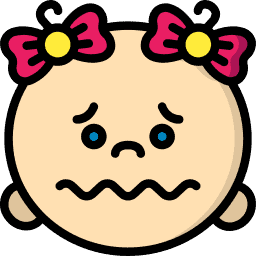
Elimination Communication (EC) is different from toddler potty training. It involves ditching diapers from birth (or shortly after) and learning your baby’s natural signals.
Parents who practice EC hold their babies over a receptacle when they see a cue (like grunting or a specific face) and make a cue sound, like a whistle. Eventually, the baby associates the position and sound with releasing their bladder.
While uncommon in the U.S., it is standard in many cultures. It requires significant time and attention but can result in children who are independent much earlier than average.
Common Potty Training Problems
Even after a successful start, you might hit roadblocks.
Regression is the most common issue. A child who was dry for weeks may suddenly start having accidents. This is usually triggered by stress, such as a new daycare, a move, or a new sibling. It can also signal a medical issue like a urinary tract infection (UTI) or constipation (6).
If constipation is the culprit, the pain of pooping can make a child withhold stool, creating a vicious cycle. Address diet and hydration immediately if you suspect this. If regression persists without a clear cause, consult your pediatrician to rule out infections.
FAQs
The Last Word

The allure of a diaper-free life is strong, but rushing the process rarely works.
Patience is your most valuable resource during potty training.
Wait for the clear signs of readiness, equip yourself with the right gear, and maintain a sense of humor.
If it feels like a battle, retreat and try again later. Eventually, every healthy child learns to use the toilet. You will get there!
